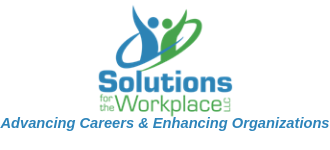This is a September like none other. Despite the stress of the past several months with changes to our routines, work location, and, for many of us, home schooling, we should not neglect our careers.
September is International Update Your Resume Month and a great time to think about yourself and your accomplishments over the past 12 months. For those of you who are federal employees, International Update Your Resume Month coincides with the end of the fiscal year—a perfect time for reflection and setting yourself up for future possibilities.
Even if you are not currently in the job market, you should always have an updated resume. And, for my federal readers, with the potential change of leadership at the federal level, regardless of who wins the upcoming election, you are likely to be asked for your resume.
Here are some easy ways to ensure you’re ready—regardless of what comes to pass!
- Be sure your accomplishments are up to date. For those of you whose performance evaluation is coming due (or recently completed), use that process to reflect on your accomplishments in the past year—and add them to your resume.
- Check for action verbs. Make sure your resume is full of action verbs. What is an action verb? Lead, create, oversee, analyze, communicate, etc. Action verbs do NOT have an “s” on the end.
- Banish “responsible for.” Just because you’re responsible for something doesn’t mean you actually did it—it just means you should have done it!
- Add numbers to your resume. Numbers give your work context so that readers of your resume understand the full scope of your work. If you just say that you “track a budget,” readers don’t know how large that budget is, from how many funding sources, or anything else.
- Remove old content. Does your resume still mention MultiMate? Y2K? Hurricane Rita? Or something equally dated? The standard for resumes these days is 10 years or so. Employers want to know what you have done recently—not what you accomplished 15, 20 or even more years ago.
- Update your professional certifications, speaking engagements, awards, and professional development. This information shows that you are active in your field and a continuous learner.
These are just some of the easy ways to update your resume, be prepared for the future, and honor International Update Your Resume Month!
